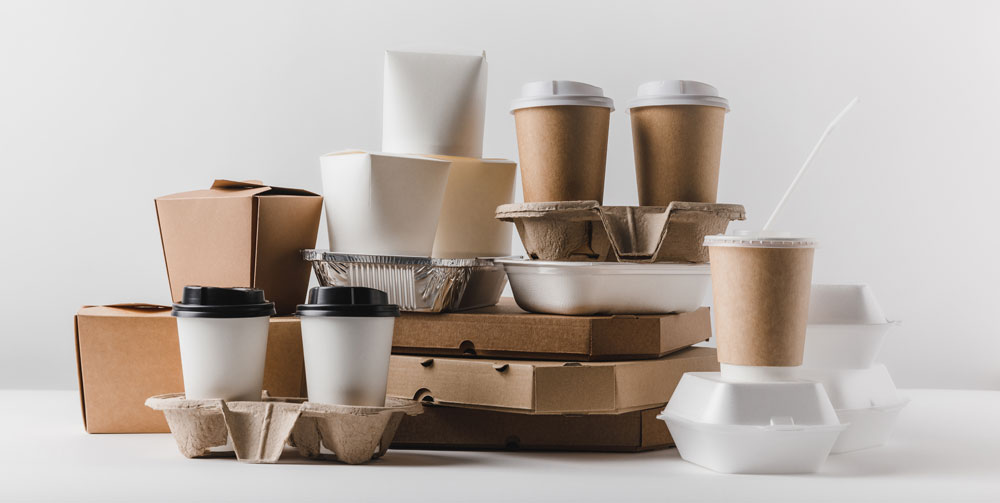There is nothing “product” about packaging. It is entirely about delivering a product in a way that is protected as well as attractive. The primary goal is to convince other people who see the package to want to buy it as well. Secondly, packaging helps keep contents in ideal condition, at least long enough that a buyer can enjoy them as expected when sitting on the store shelf for a bit. However, beyond the old days when things were just wrapped in brown paper and a string to keep everything folded, packaging for the last 50 to 80 years (definitely since World War II) has been about visual appeal.
A funny thing happened after soldiers came home from the War; they had money, they went back to the factories to earn money, and their wives and girlfriends suddenly had nothing to do aside from keep the home clean and take care of the kids if that applied. As a result, the great consumer age began in earnest with the Boomer generation because, quite predictably, shopping became a national pastime. And it was also at that moment that things went beyond the basic marketing of, “You can have it in any color you want as long as it’s black,” to real packaging and product marketing that met customer desires.
The first packaging was extremely interesting, even in competition with the product itself. Various resources like tin, for example, were widely available, so quite a bit of product was packaged accordingly. Today, those same tins go for dozens, even hundreds of dollars in antique stores and on eBay auctions, as collectors dig everywhere trying to find them. However, for modern companies, packaging is as much as about appeal as well as is containing a product for as little cost as possible with the widest visual reach in physical markets.
The above means that innovative packaging needs to meet a couple of criteria:
- Added Value – It’s not enough that packaging contains a product or identifies it. Packaging also needs to add some kind of perceived value that helps encourage consumers to buy the product even more. Whether that’s valuable information, guides, collection information or similar, packaging now is as much about product identification as it is feeling like a person is part of something bigger.
- Protect the World Now – Packaging makes up a tremendous amount of content in landfills, especially plastics like Styrofoam, hard plastic shells, mold covers, parts, and water-resistant cardboard. Modern packaging has to be conscious of these impacts and help reduce the mess, not add to it more. Consumers are expecting and demanding change, and they are voting with their wallets.
- Don’t be a Carbon Copy – Packaging that stands out from the crowd is packaging that gets noticed. Keep in mind, products are stacked on store shelves with thousands of other similarly packaged products. If everyone uses a can, how does a product get differentiated in the retail fog?
- Give a Bonus – Packaging that provides something extra in the form of a contest, additional contents, a bit of extra product or and perceived freebie all end up driving up demand and increasing sales. If people are faced with two things of generally the same solution, they tend to opt for the one that gives them a perceived “more” for the same cost.
- Design Speaks Out – One of the things that appeals about Apple’s tech products is clearly their packaging approach. It’s just a step above everyone else in the same consumer tech industry. The approach of boxing, wrapping and product placement within the container is clearly engineered with intent. And that makes Apple devices more attractive, adding to their sales potential. VOS Water is the same. It’s just a level above everything else, even though water is just that, water.
- Don’t Try to Be Everything to Everyone – Product packaging should primarily appeal to the demographic most likely to buy the product. Go with an appearance and physical approach that is shown to be the most attractive to the group most likely to buy the product. Other consumers who buy will be an added bonus, but by making a product distinct to a specific group, it’s likely to gain loyalty.
Remember, whatever the choice, the packaging that stands out is one that makes a mental relationship with the consumer, also creating product loyalty. If the consumer perceives a packaging approach represents the ideal solution to a want, and the experience turns out to be better than expected, that consumer will go back to the identifiable packaging again and again. Consumer retention is reinforced with packaging as long as it is partnered with a high-quality product. However, the opposite can happen if the product creates a bad experience. So, making sure the two go together correctly is critical.
Klippenstein Corporation has been helping small businesses and food producers with food packaging in multiple industries, ranging from snacks to beverages to food to specialty consumable products like dietary alternatives. As a leader in food packaging machine design and fulfillment, Klippenstein has accordingly seen what works best and what can use improvement as well as why. That kind of experience can’t be matched with technology alone. Working with our specialist teams, we can help you generate a packaging strategy that works both for marketing your product better as well as protecting it and building consumer loyalty.




